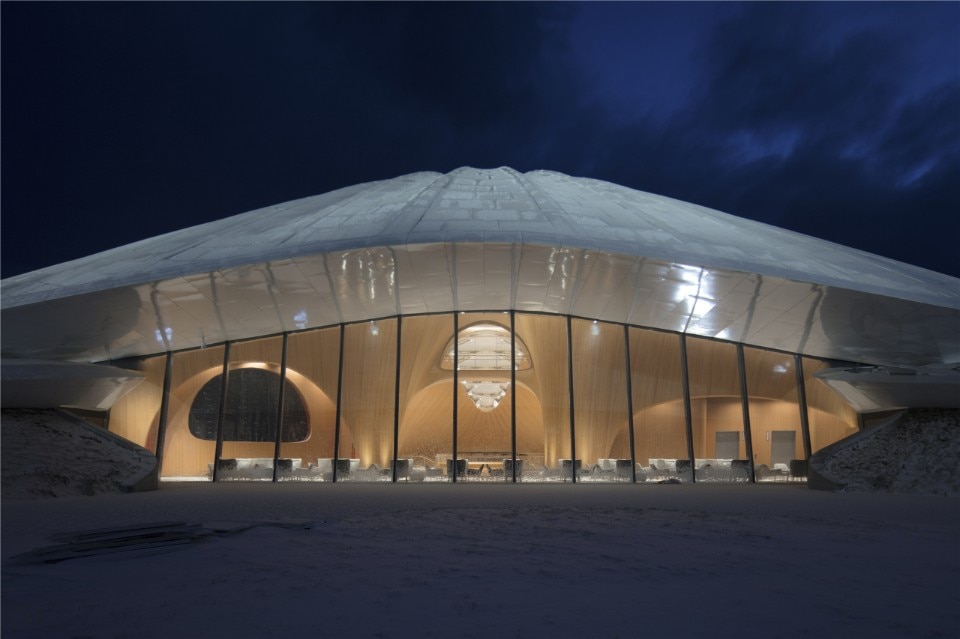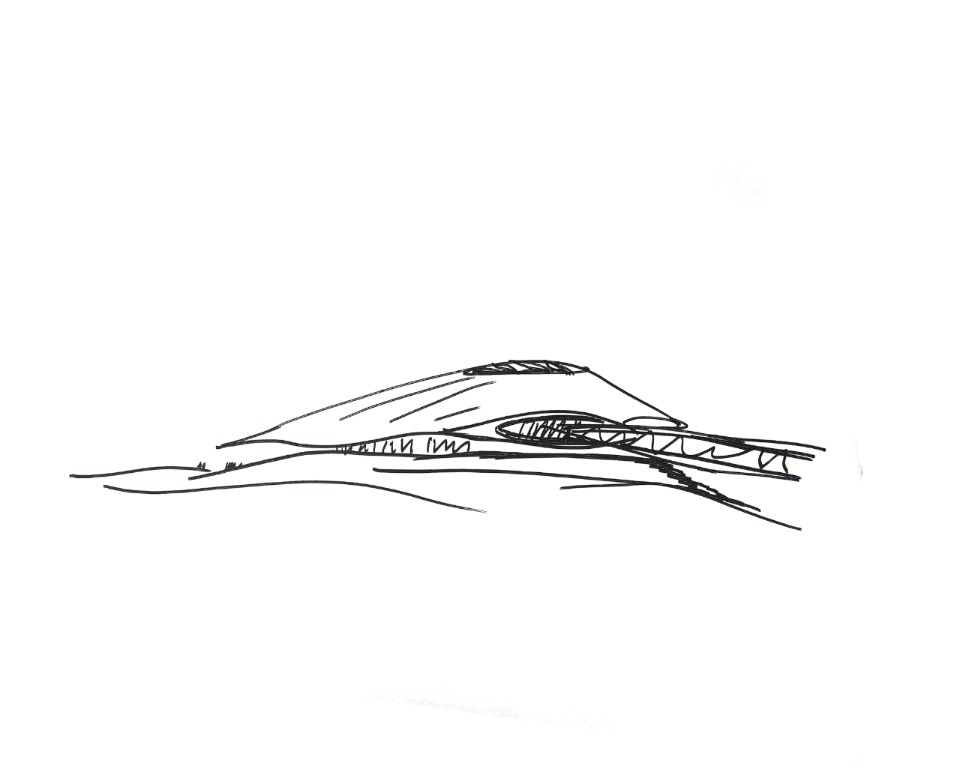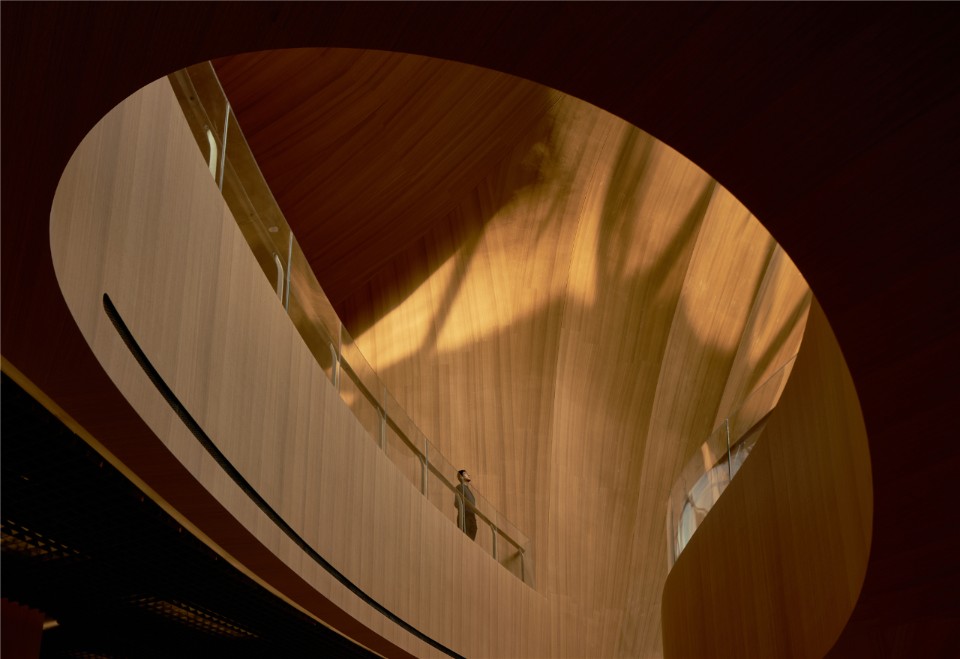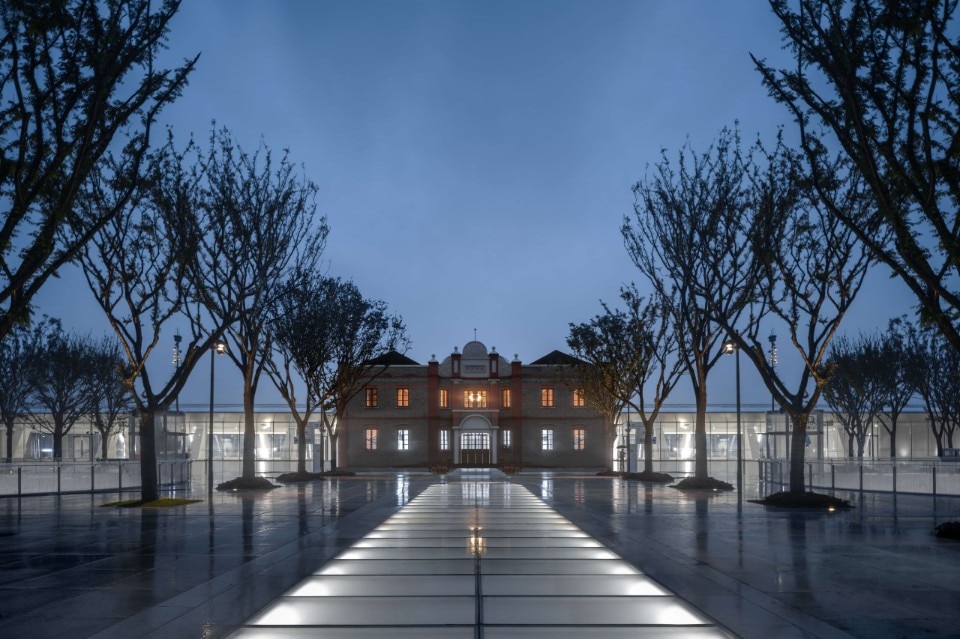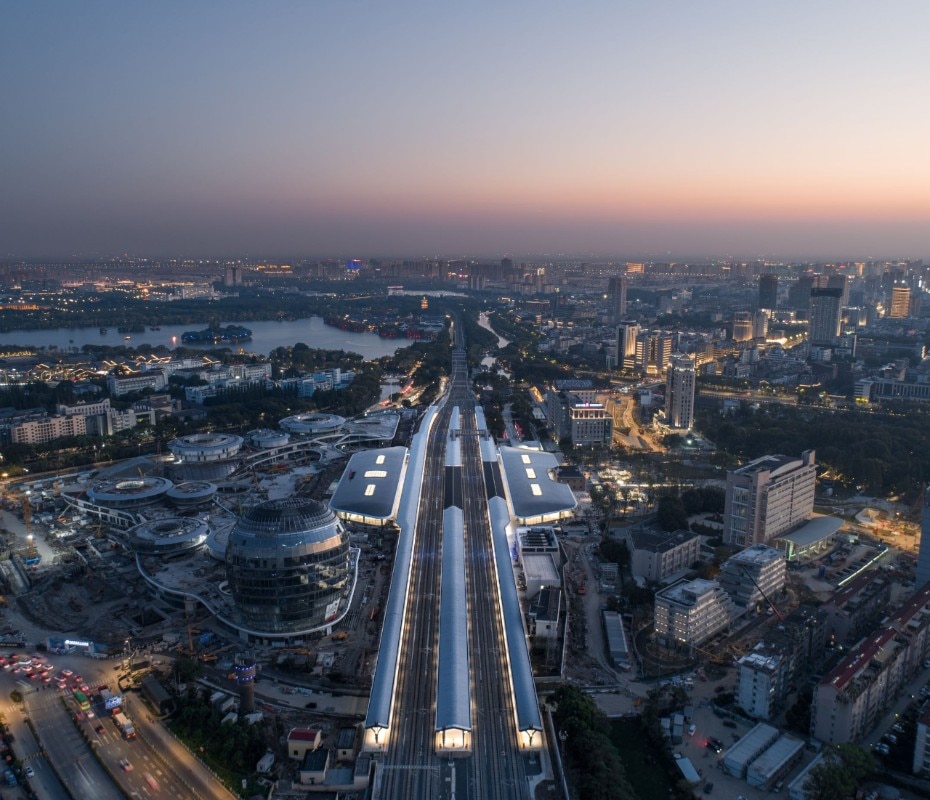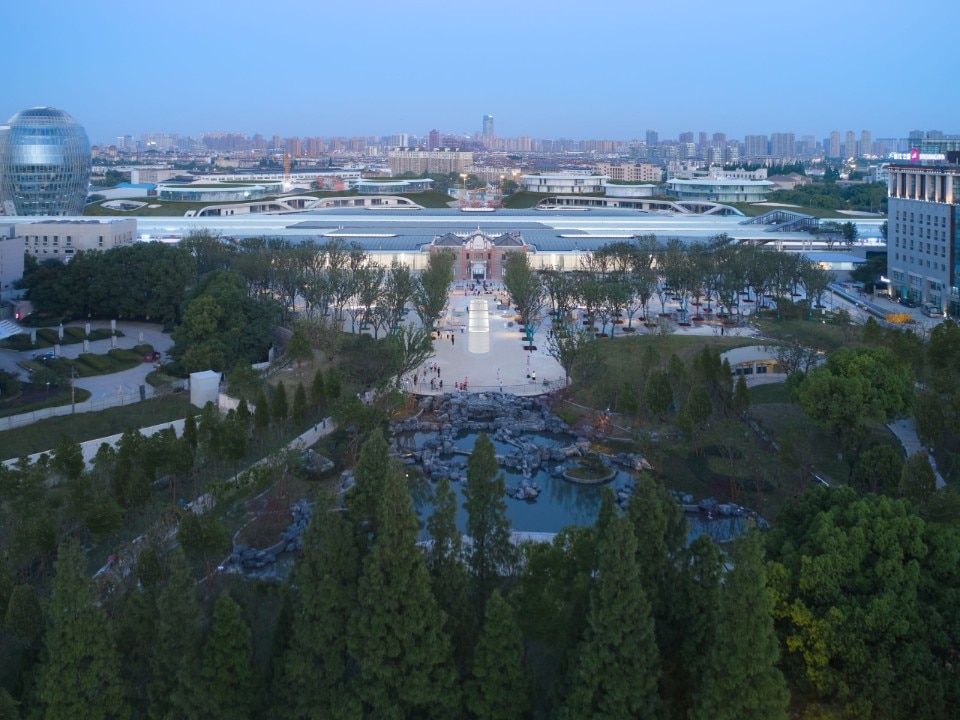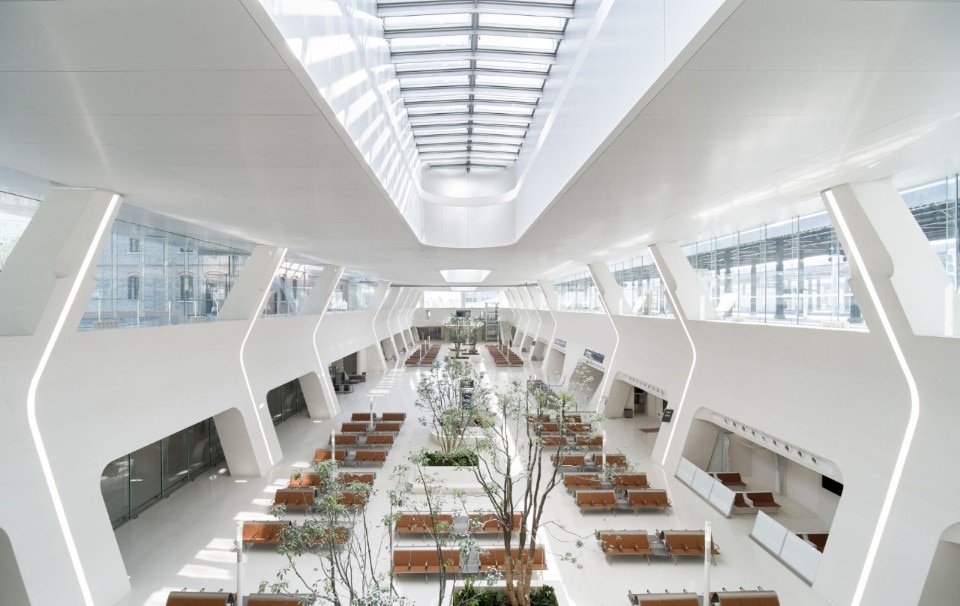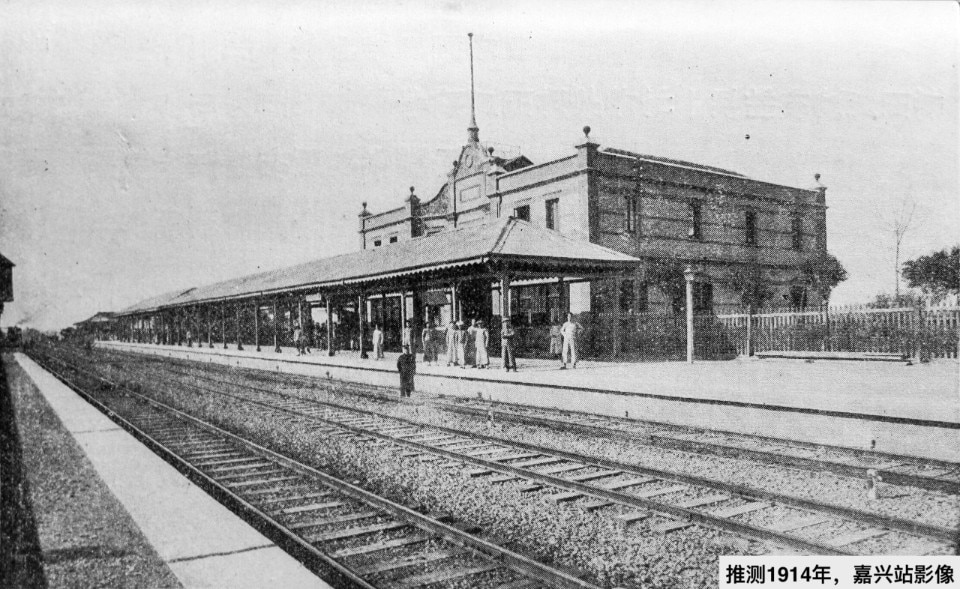Ma Yansong is the best-known Chinese architect of his generation, with marquee projects that create spaces for modern Chinese identity to flourish within; in just the past year, his train station in Jiaxing, a Shanghai suburb, opened, and so did the Yabuli Entrepreneurs Congress Center, a sort of Aspen or Davos for Chinese businesspeople. It’s difficult to think of a man whose career better represents the dream of designing a globally oriented China which is attentive to its traditions and ecological values- not just in theory, but in practice, in buildings that have been realized and are being actively used.
This February as I walked through the Yabuli Entrepreneurs Congress Center, I discovered an empty auditorium, chairs stacked on top of each other. A computer booted up somewhere, and the screen showed a slogan about the planned economy in 2021. The red song “without the communist party, there would be no new China,” played in the background, as a profusion of guards and cleaners prepared for ghostly entrepreneurs. Here was the conference room for ‘New Oriental’, a language instruction company largely shut down in 2021; there was the Alibaba auditorium for TED talks, whose stage could be retracted to show the ski slopes behind. It slowly started to snow outside.
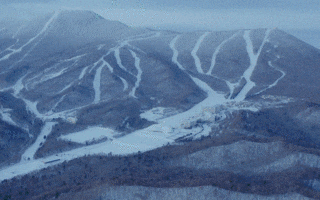
China is in the throes of a slow, barely visible but increasingly obvious economic crisis. It can be hard to see from overseas; hard to see, even, in Shanghai or Beijing. But in the forlorn atmosphere of the countryside, with many unemployed or underemployed, it feels real. The government knows on some level what it should do – make space for entrepreneurs, for example, or encourage international cultural exchanges, as at Ma’s Harbin Opera Housen – but like an alcoholic taking a drink and saying, this one doesn’t count, they can’t quite bring themselves to do it.
Of course, China is hardly alone in feeling as though some fundamental changes are happening, many of which frightening; as we drove through the snowy landscape of factories, socialist tower blocks and occasional Orthodox churches that is found in rural Heilongjiang, with sun streaming down on snowy fields, an area of stunning beauty, my thoughts kept turning to the conflict in another post-socialist snowy field, between Russia and Ukraine. Russian and Soviet influence – the two mingled – are part of the flavor of Heilongjiang, even if they’re more of a memory than a reality.
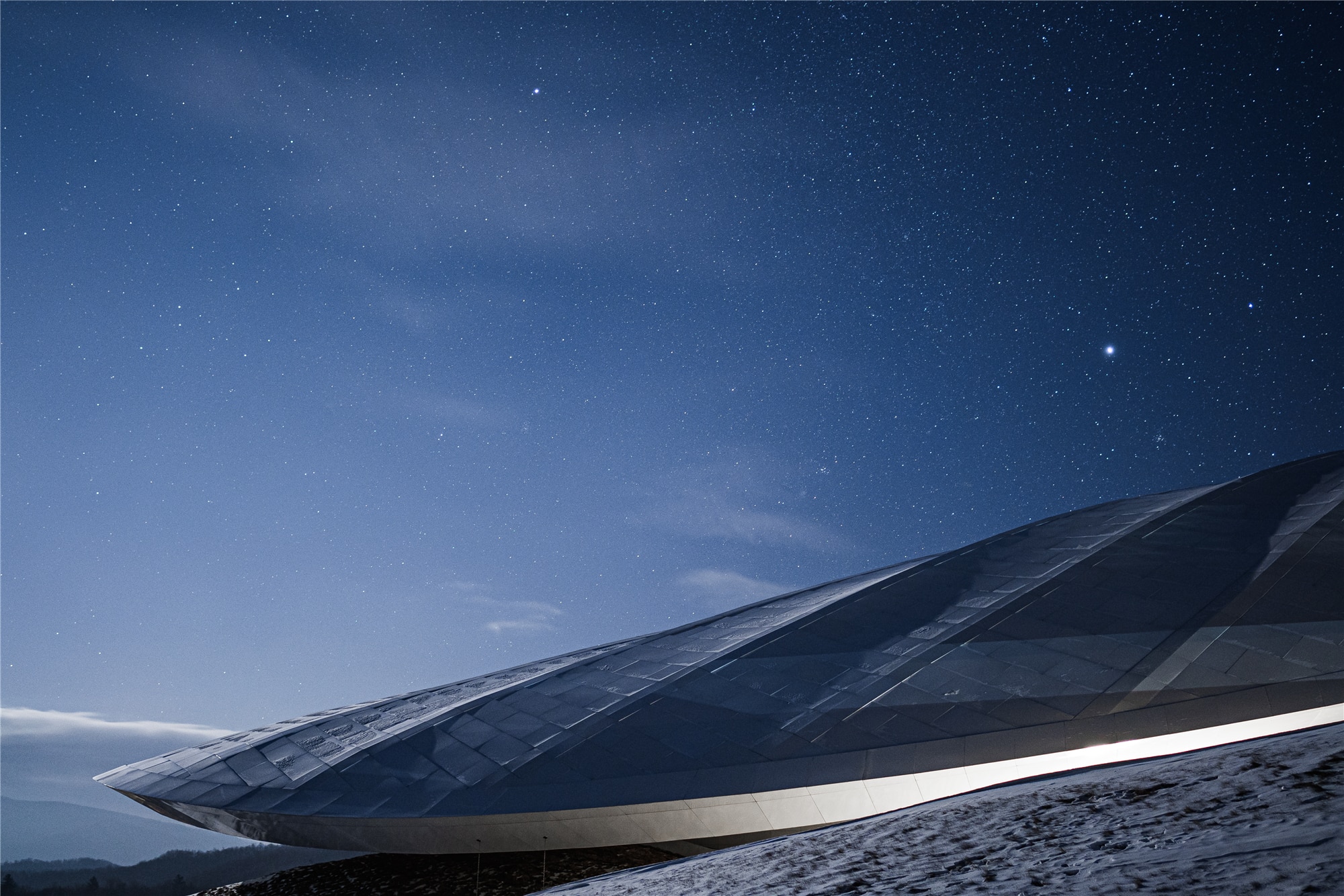
 View gallery
View gallery
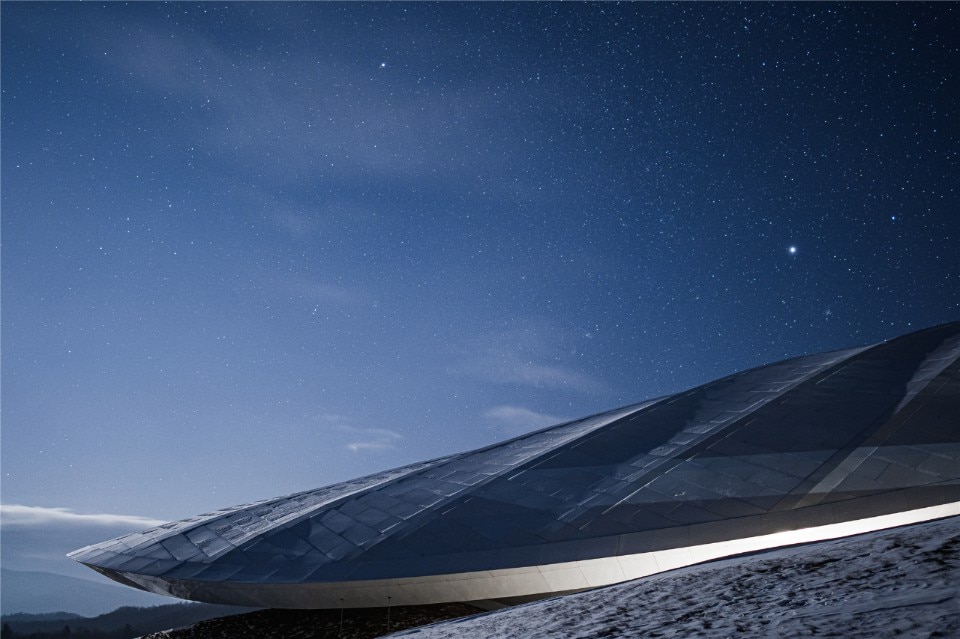
Yabuli Entrepreneurs Congress Center
Ma Yansong, MAD Architects, China, 2021
Photo Blackstaion
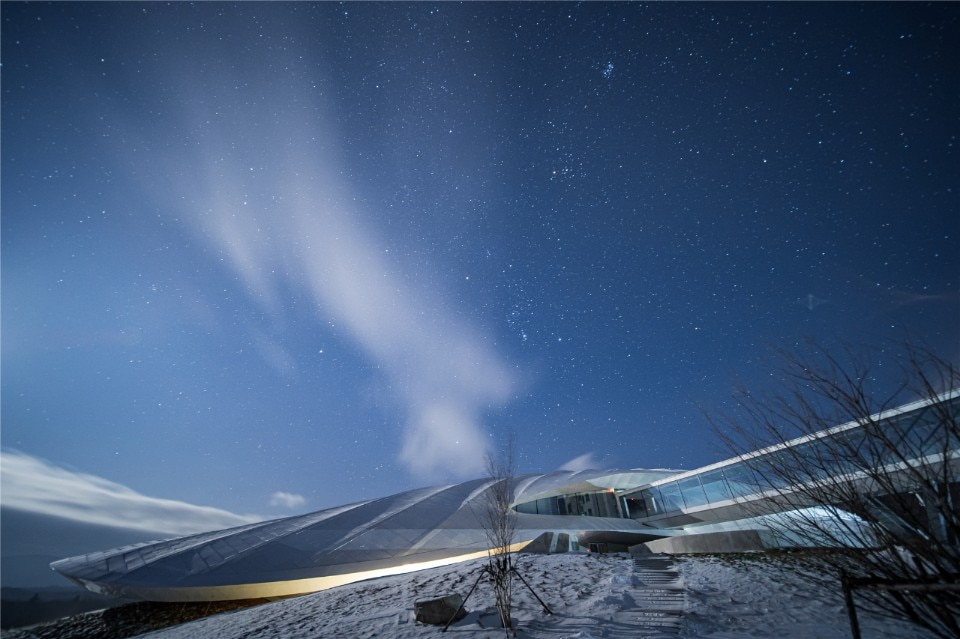
Yabuli Entrepreneurs Congress Center
Ma Yansong, MAD Architects, China, 2021
Photo Blackstaion
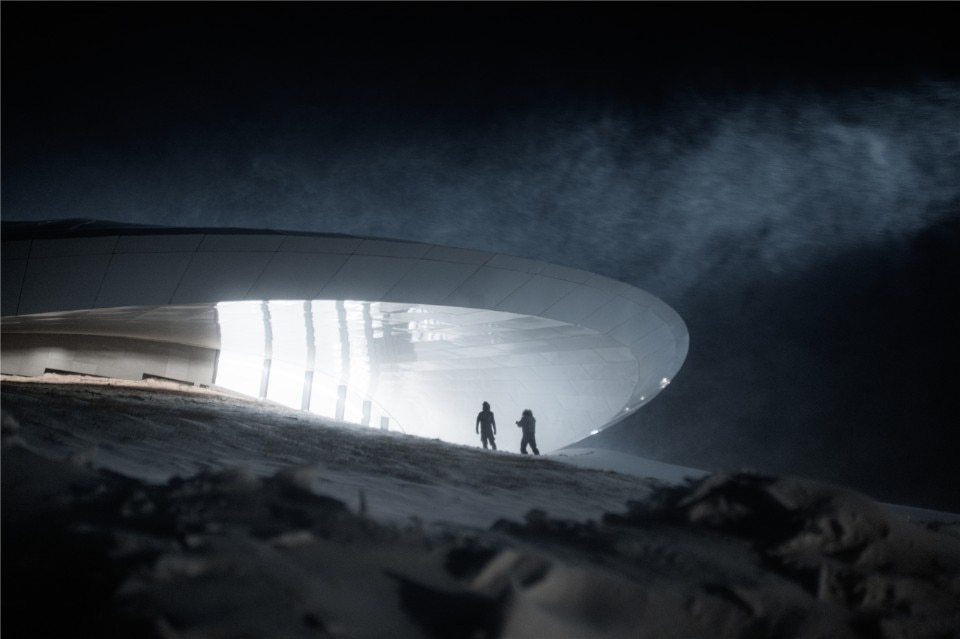
Yabuli Entrepreneurs Congress Center
Ma Yansong, MAD Architects, China, 2021
Photo Blackstaion
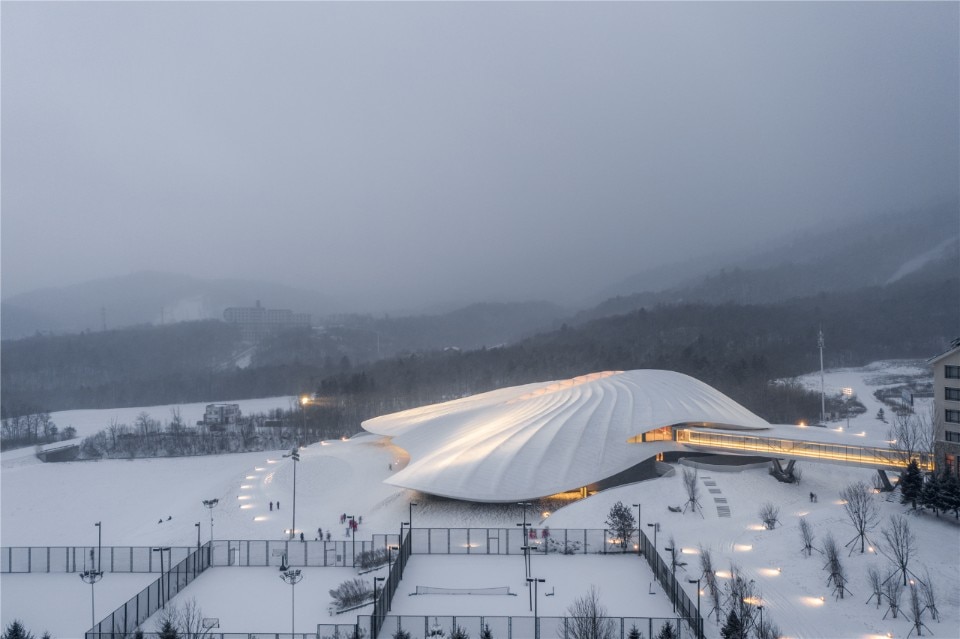
Yabuli Entrepreneurs Congress Center
Ma Yansong, MAD Architects, China, 2021
Photo CreatAR Images
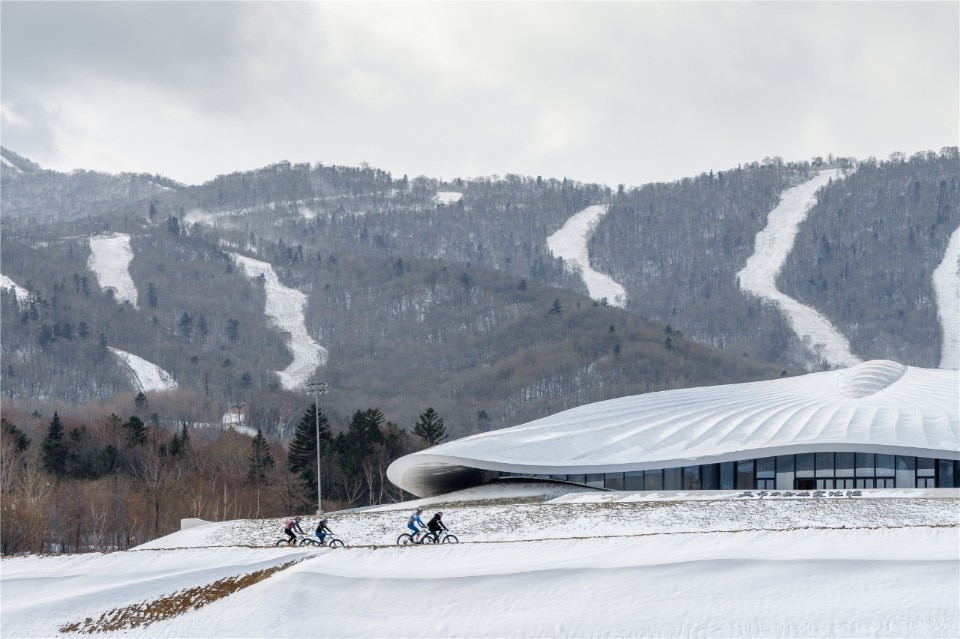
Yabuli Entrepreneurs Congress Center
Ma Yansong, MAD Architects, China, 2021
Photo CreatAR Images
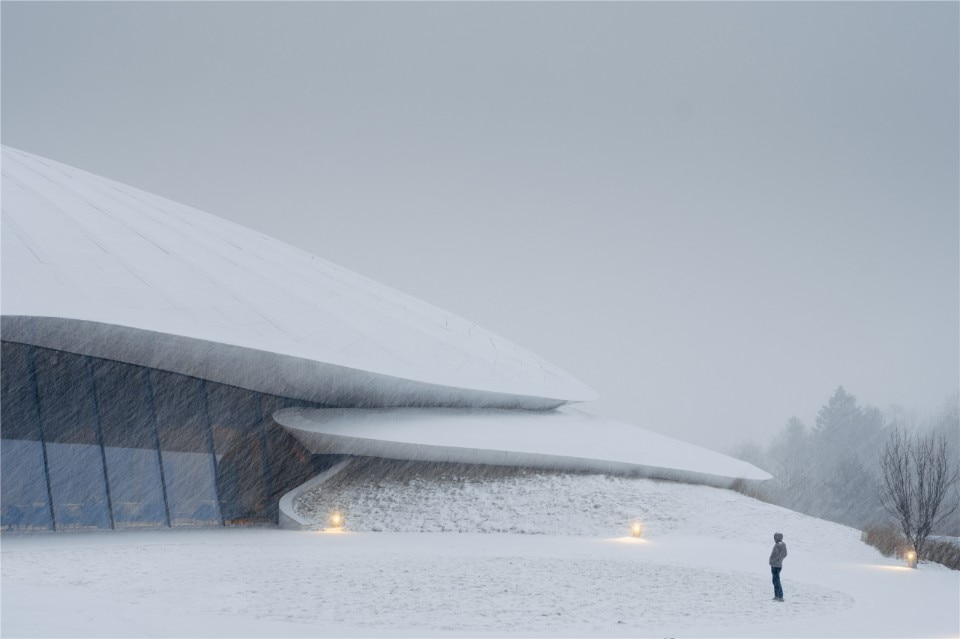
Yabuli Entrepreneurs Congress Center
Ma Yansong, MAD Architects, China, 2021
Photo CreatAR Images
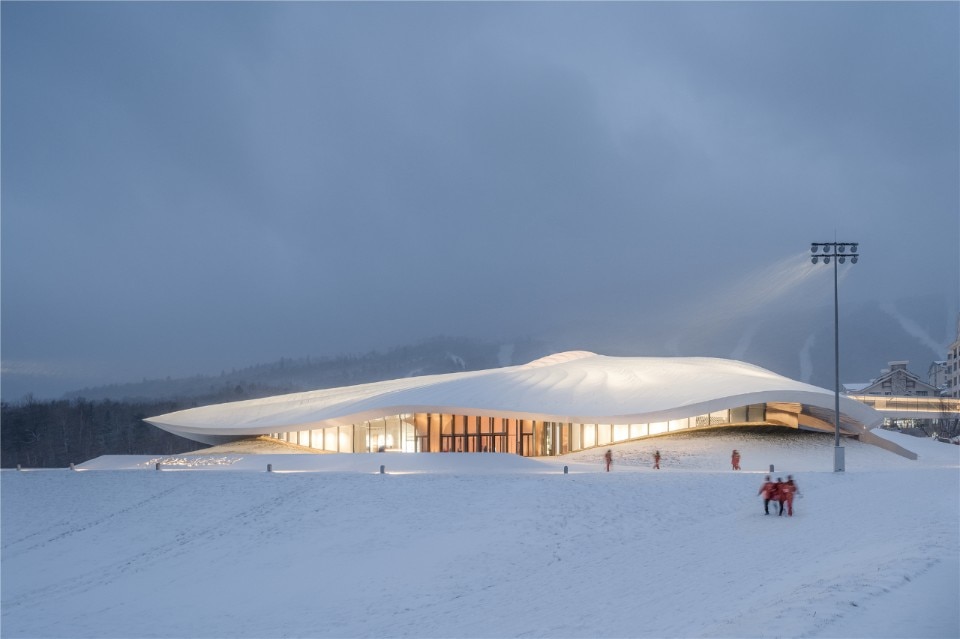
Yabuli Entrepreneurs Congress Center
Ma Yansong, MAD Architects, China, 2021
Photo CreatAR Images
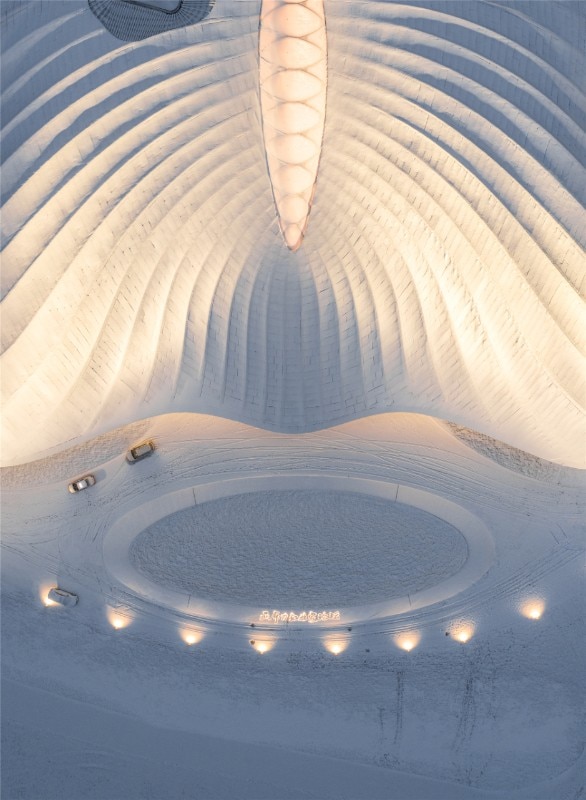
Yabuli Entrepreneurs Congress Center
Ma Yansong, MAD Architects, China, 2021
Photo CreatAR Images
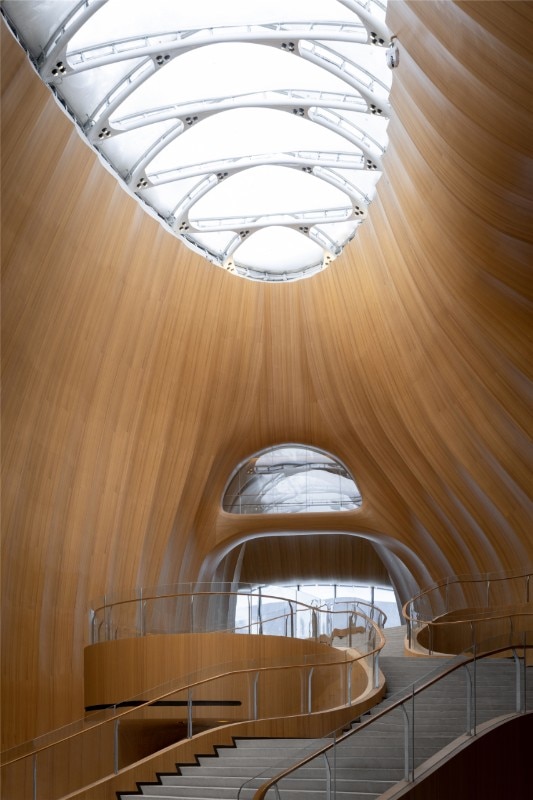
Yabuli Entrepreneurs Congress Center
Ma Yansong, MAD Architects, China, 2021
Photo CreatAR Images

Yabuli Entrepreneurs Congress Center
Ma Yansong, MAD Architects, China, 2021
Photo Blackstaion

Yabuli Entrepreneurs Congress Center
Ma Yansong, MAD Architects, China, 2021
Photo Blackstaion

Yabuli Entrepreneurs Congress Center
Ma Yansong, MAD Architects, China, 2021
Photo Blackstaion

Yabuli Entrepreneurs Congress Center
Ma Yansong, MAD Architects, China, 2021
Photo CreatAR Images

Yabuli Entrepreneurs Congress Center
Ma Yansong, MAD Architects, China, 2021
Photo CreatAR Images

Yabuli Entrepreneurs Congress Center
Ma Yansong, MAD Architects, China, 2021
Photo CreatAR Images

Yabuli Entrepreneurs Congress Center
Ma Yansong, MAD Architects, China, 2021
Photo CreatAR Images

Yabuli Entrepreneurs Congress Center
Ma Yansong, MAD Architects, China, 2021
Photo CreatAR Images

Yabuli Entrepreneurs Congress Center
Ma Yansong, MAD Architects, China, 2021
Photo CreatAR Images
As Chinese urbanism enters a new phase, with the winding down of the real estate market and policies which seek to keep rural would-be migrants at home, it isn’t exactly clear what the future of architecture in China is. There are certainly many challenges, which design and engineering could be applied to. But in the real, existing socialism of China as it is today, it’s very difficult to see what architects can actually do about that. Everybody tries to summon up positive energy and excitement, even as COVID policies keep things low-key. We’re not at the end; rather, China’s economy is in the position of Beckett’s “You must go on. I can’t go on. I’ll go on,” but as we circulate around the closed loop of zero COVID China, wondering what to do with ourselves as ominous news from outside the fortress leaks in, the mood is a bit frosty.
None of this is exactly fair to Ma’s design; the entrepreneur hall, swooping curves in the snow, with blonde wood interiors, is a dreamy space. The museum inside told me of Chinese entrepreneurs, who had been meeting for 20 years; first, at the Club Med hotel just behind us, and now in this center. Entrepreneurs in China, like in France, are a slightly dubious category.
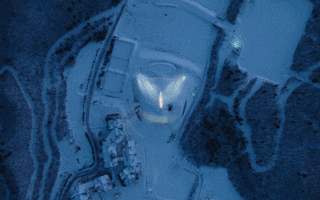
During 2021, the ‘Common Prosperity’ campaign, a set of policies with the goal of reducing inequality, was announced; at the time, it was hard not to feel sympathetic to what the government was trying to do, even if entrepreneurs like Jack Ma ‘disappeared’ for lengthy periods of time.
China has been overbuilt with tacky and environmentally destructive, generic projects. That’s why, Ma told me, that most of his domestic projects in the past decade have been for government clients, and not the Vanke, Wanda or Evergrandes. Developers want to be fast and cheap; Ma brings his own design agenda to the table, seeking to integrate local culture, or historical structures with the new, as in Jiaxing, whose train station is a hundred years old.

 View gallery
View gallery
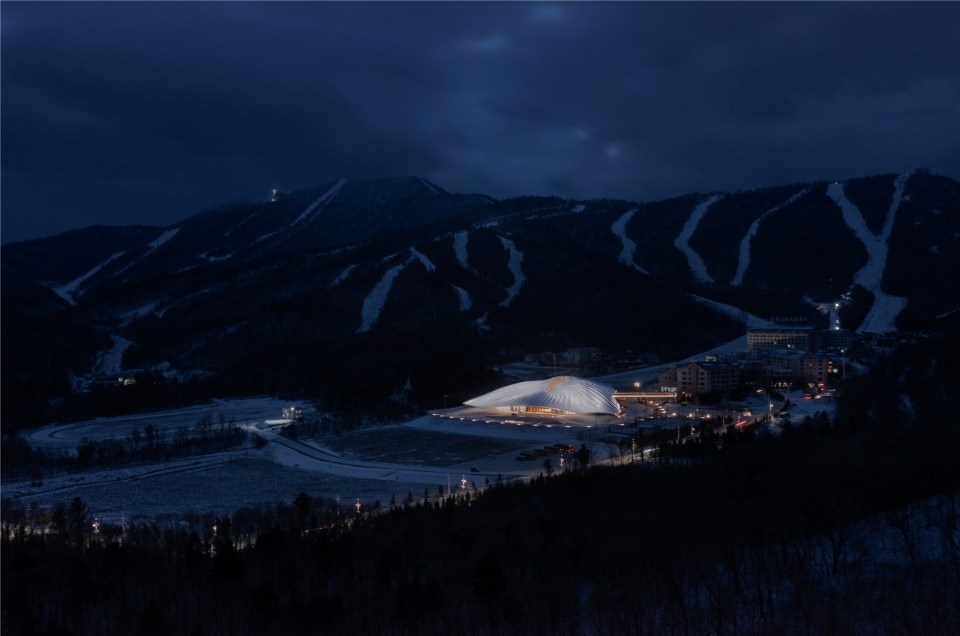
Yabuli Entrepreneurs Congress Center
Ma Yansong, MAD Architects, China, 2021
Photo Arch Exist
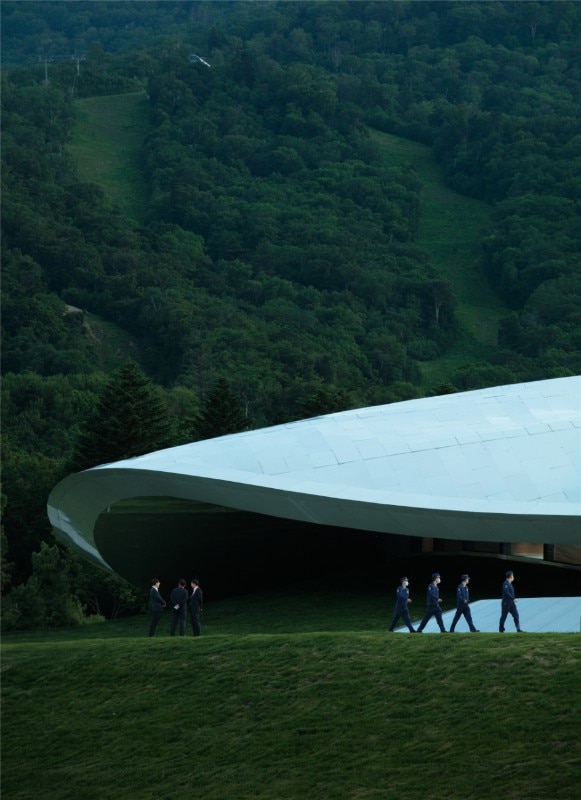
Yabuli Entrepreneurs Congress Center
Ma Yansong, MAD Architects, China, 2021
Photo Arch Exist
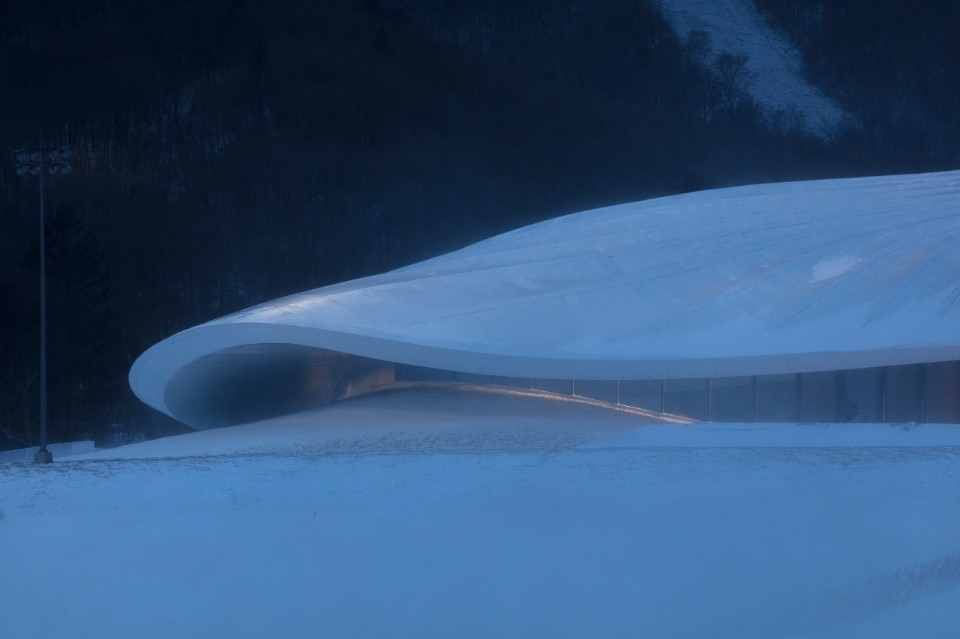
Yabuli Entrepreneurs Congress Center
Ma Yansong, MAD Architects, China, 2021
Photo Arch Exist
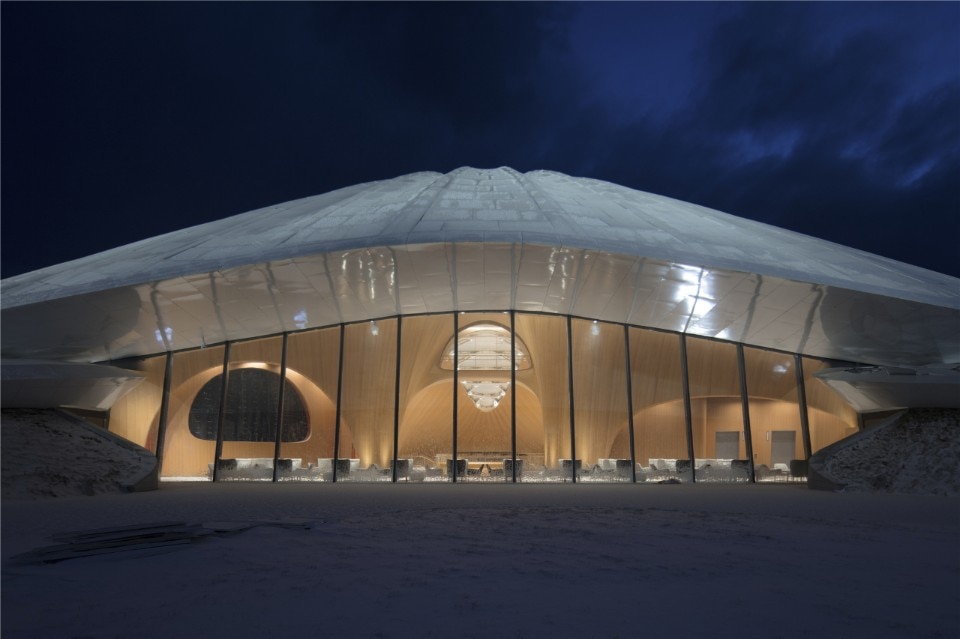
Yabuli Entrepreneurs Congress Center
Ma Yansong, MAD Architects, China, 2021
Photo Arch Exist
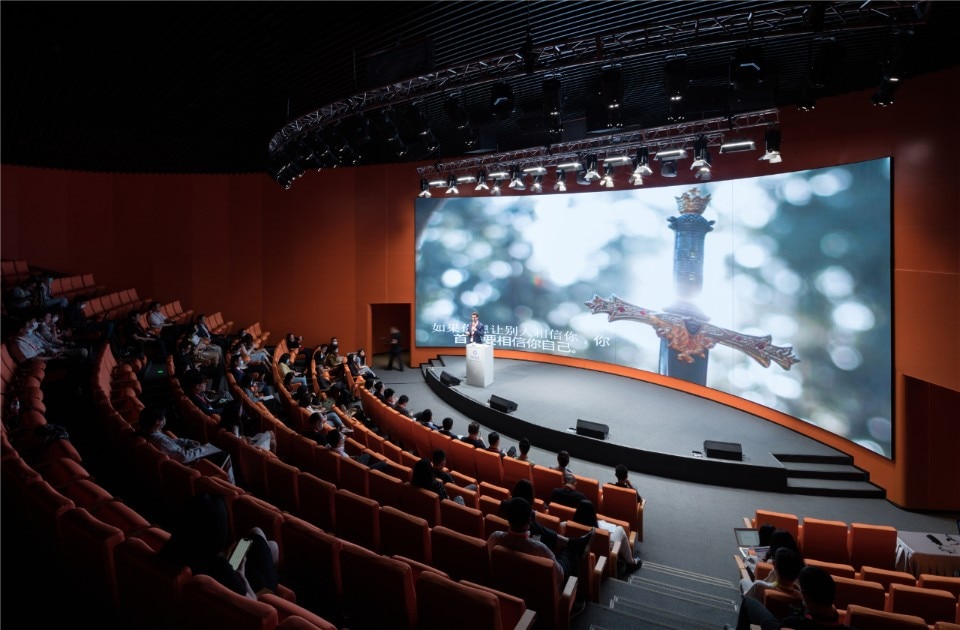
Yabuli Entrepreneurs Congress Center
Ma Yansong, MAD Architects, China, 2021
Photo Arch Exist
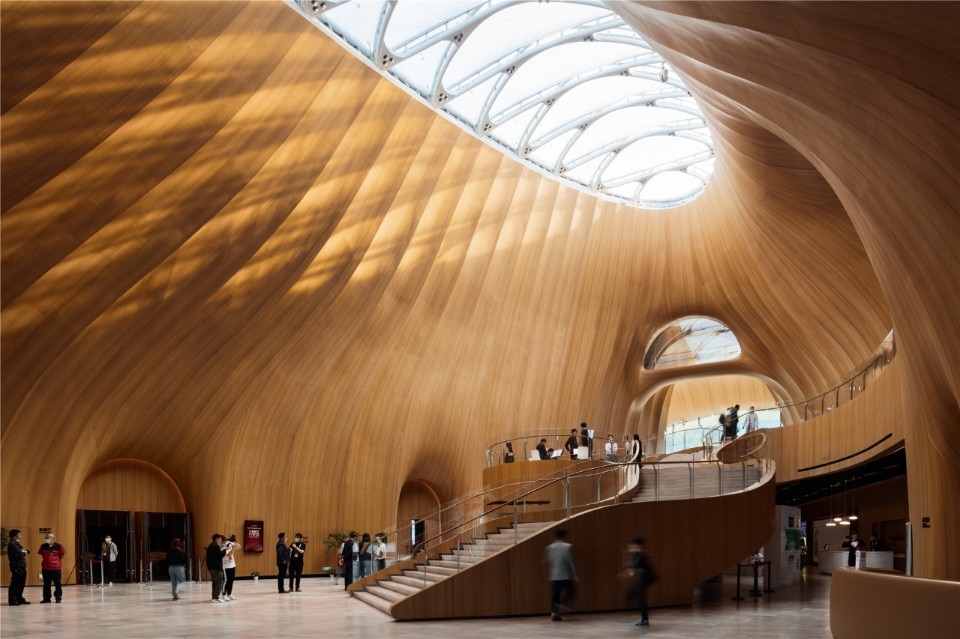
Yabuli Entrepreneurs Congress Center
Ma Yansong, MAD Architects, China, 2021
Photo Arch Exist
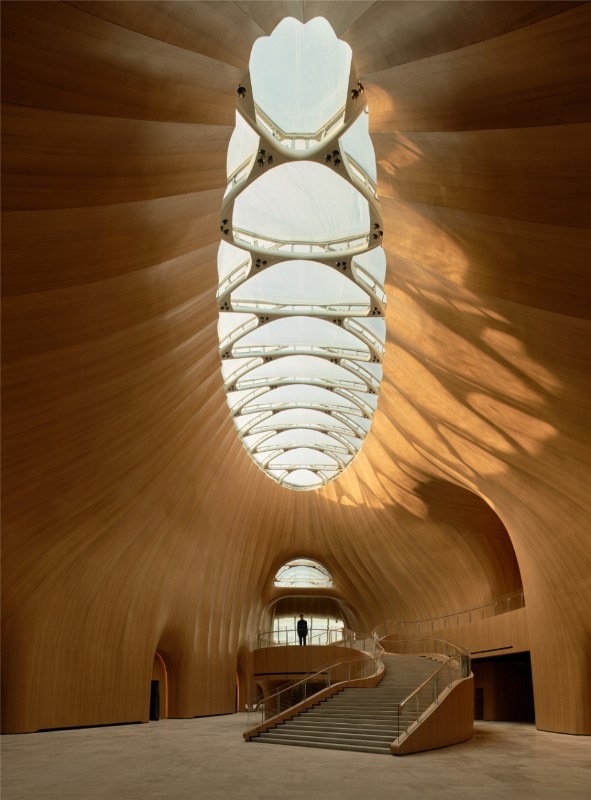
Yabuli Entrepreneurs Congress Center
Ma Yansong, MAD Architects, China, 2021
Photo AogVision
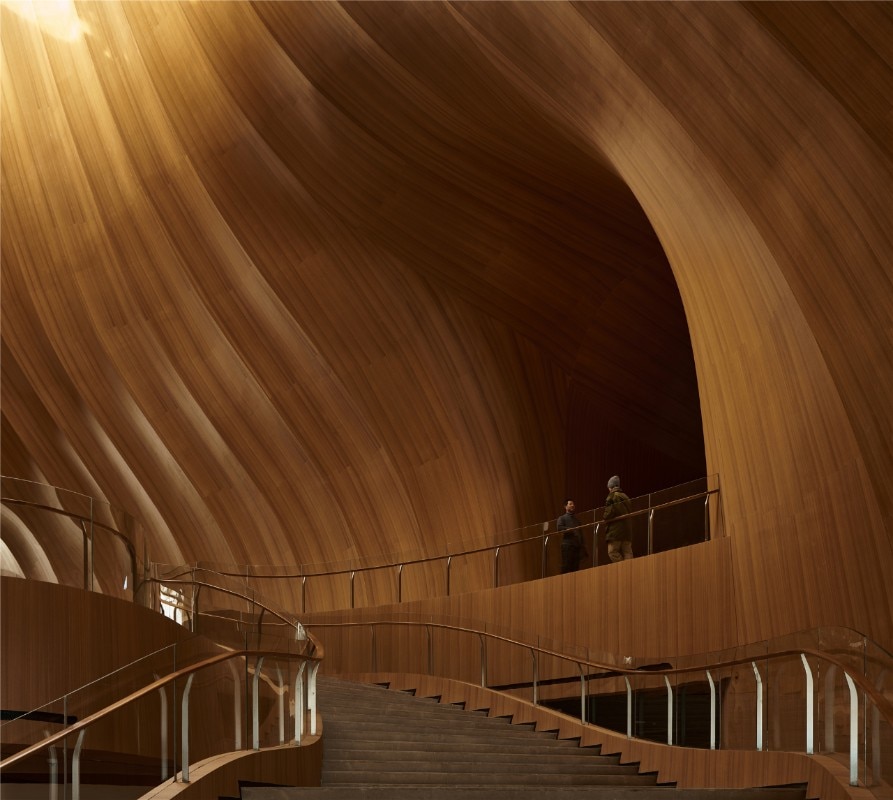
Yabuli Entrepreneurs Congress Center
Ma Yansong, MAD Architects, China, 2021
Photo AogVision

Yabuli Entrepreneurs Congress Center
Ma Yansong, MAD Architects, China, 2021
Photo Arch Exist

Yabuli Entrepreneurs Congress Center
Ma Yansong, MAD Architects, China, 2021
Photo Arch Exist

Yabuli Entrepreneurs Congress Center
Ma Yansong, MAD Architects, China, 2021
Photo Arch Exist

Yabuli Entrepreneurs Congress Center
Ma Yansong, MAD Architects, China, 2021
Photo Arch Exist

Yabuli Entrepreneurs Congress Center
Ma Yansong, MAD Architects, China, 2021
Photo Arch Exist

Yabuli Entrepreneurs Congress Center
Ma Yansong, MAD Architects, China, 2021
Photo Arch Exist

Yabuli Entrepreneurs Congress Center
Ma Yansong, MAD Architects, China, 2021
Photo AogVision

Yabuli Entrepreneurs Congress Center
Ma Yansong, MAD Architects, China, 2021
Photo AogVision
Ma’s theory of the ‘shanshui city,’ an eco-city with Chinese characteristics, requires patient love and attention. The architect told me that an economic slowdown might not be such a bad thing; the past decades have been a lot to digest; and if the overheated real estate market cooled down, it might make room for more thoughtful projects- a normalization for China, not an end of it.
“My work in China and overseas is very different,” Ma told me. “In China I have a clear agenda.” The problems that urbanization has thrown up in contemporary China – not simply engineering or design problems, but complex social questions about the way we should live now – are intrinsically political, and Ma works together with politics and government to solve them. His projects overseas – Los Angeles, Rotterdam – are free standing designs, contributions given in the spirit that Ma’s native Beijing received designers like Rem Koolhaas or Zaha Hadid.
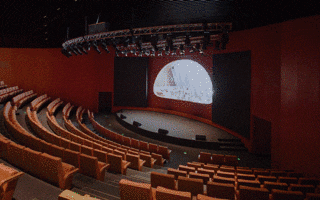
Projects like the Jiaxing train station, the site of a key CCP meeting 100 years ago and today site of a ‘train station in the forest,’ or Harbin’s Opera House (when I went this February, six years after it opened, it was clearly a focal point for local pride) are built as interventions into China’s long and complicated cultural history. Looking behind at the projects captured in his new book, Ma sees an extraordinary few decades of creativity; looking ahead, hints of an ecologically oriented new urbanism. No matter what, though, China needs to breathe; during COVID, he has gone abroad and returned 3 times. With travel and new construction across China closing down as a new outbreak in Shanghai looms, ideas for a new future are desperately needed; let’s hope that Ma’s beautiful structures can inspire them.
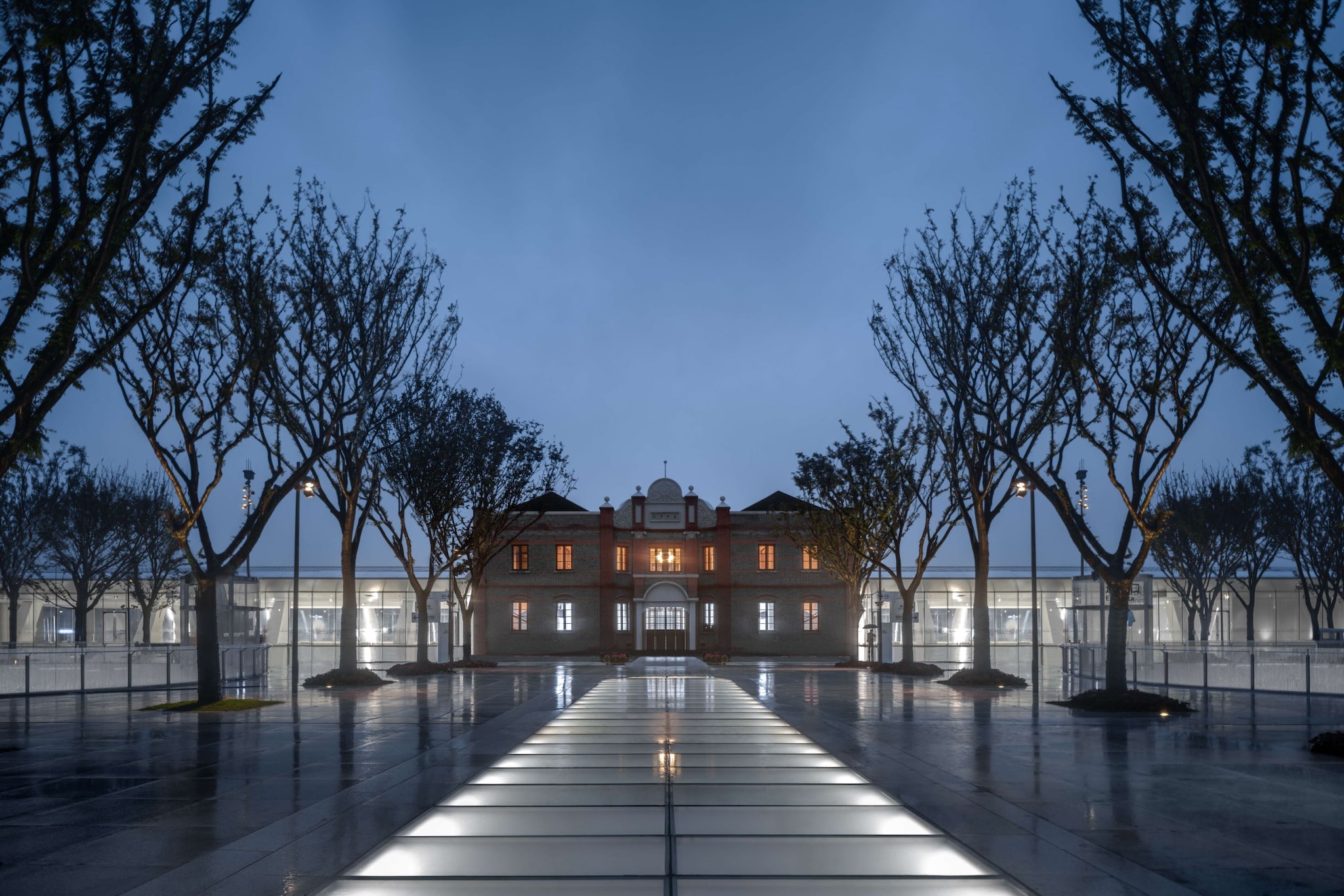
 View gallery
View gallery


